
M.A.R.C.H. is an acronym that represents the recommended order for prioritizing trauma care. Medical treatment should be done in this order:
- M – Massive Hemorrhage
- A – Airway
- R – Respiration
- C – Circulation
- H – Head Injury (and/or) Hypothermia
Most people are familiar with the acronym A.B.C. (Airway, Breathing, and Circulation) typically taught in first-aid classes, as this is the primary method used to teach first-aid...but this method is not optimal for major injuries.
This is where M.A.R.C.H. comes in, which was originally developed by the Military for addressing trauma care in combat. And while the military created this protocol, it doesn’t mean the average person can’t also use this to help aid others. Using your IFAK (Individual First Aid Kit) and following M.A.R.C.H. is the best way to provide proper trauma care that can save lives.
Massive Hemorrhage
The first injury that you will need to look for is a massive hemorrhage, which is any area that has extreme bleeding that will lead to death if not stopped. Cuts and minor blood do not fall into this category; only life-threating blood loss. You will first need to find the source of the bleeding, and then apply direct pressure to the source. You can also use a tourniquet, gauze, and/or bandages to assist you.
Airway
Next, you will need to check their airway. Simply ask them questions if they are conscious and talking, as a response will help to minimize or eliminate any Airway care as long as their airway isn’t showing any signs of trauma. If they are having trouble breathing on their own, use an airway clearance device such as an NPR to assist them.
Respiration
This goes along with airway, but in this case, you are trying to identify any source that could cause issues with the airway. When you check for respiration, you are checking for any chest wounds or chest trauma that is restricting them from being able to breathe properly. If there is a chest wound, you would use a tool such as a chest seal or administer a needle decompression.
Circulation
This is the step where you need to address if they are in shock. Some signs of shock are unconsciousness, or they’re disoriented, rapid pulse, clammy skin, weakness or fatigue. You want to improve their circulation, so having blood pressure cuffs is a great way to monitor that.
Hypothermia
Severe blood loss from a massive hemorrhage can result in the dramatic drop of a person's body temperature. If their body temperature falls below 95 F then take measures to warm the body gradually. This can include removing wet clothing, moving them to a warm environment, insulating with blankets, and consuming warm liquids. Again, the goal is to increase the core body temperature back towards normal.
Head Injury
If they obtain a head injury, you want to prevent hypotension, low blood pressure, and hypoxia, a drop in oxygen to the brain. You want to reduce the possibility of these because if not treated correctly, these can cause a secondary brain injury that could be permanent. The Military developed the M.A.C.E. acronym (Military Acute Concussion Evaluation) to evaluate if someone has a traumatic brain injury, which you can use in assessing if there is a brain injury present.
M.A.R.C.H. is a great acronym to remember, allowing you to prioritize the use of your IFAK and administer trauma care in any situation. With some research and practice, you will be well equipped to care for a trauma patient if there is not immediate medical professional help available.
Having your own quality IFAK to help you with emergency trauma care can be crucial. We carry our own custom IFAK, designed to meet or exceed TECC/TCCC guidelines for trauma care, with all the essentials you'll need in any emergency. You can get yours here:

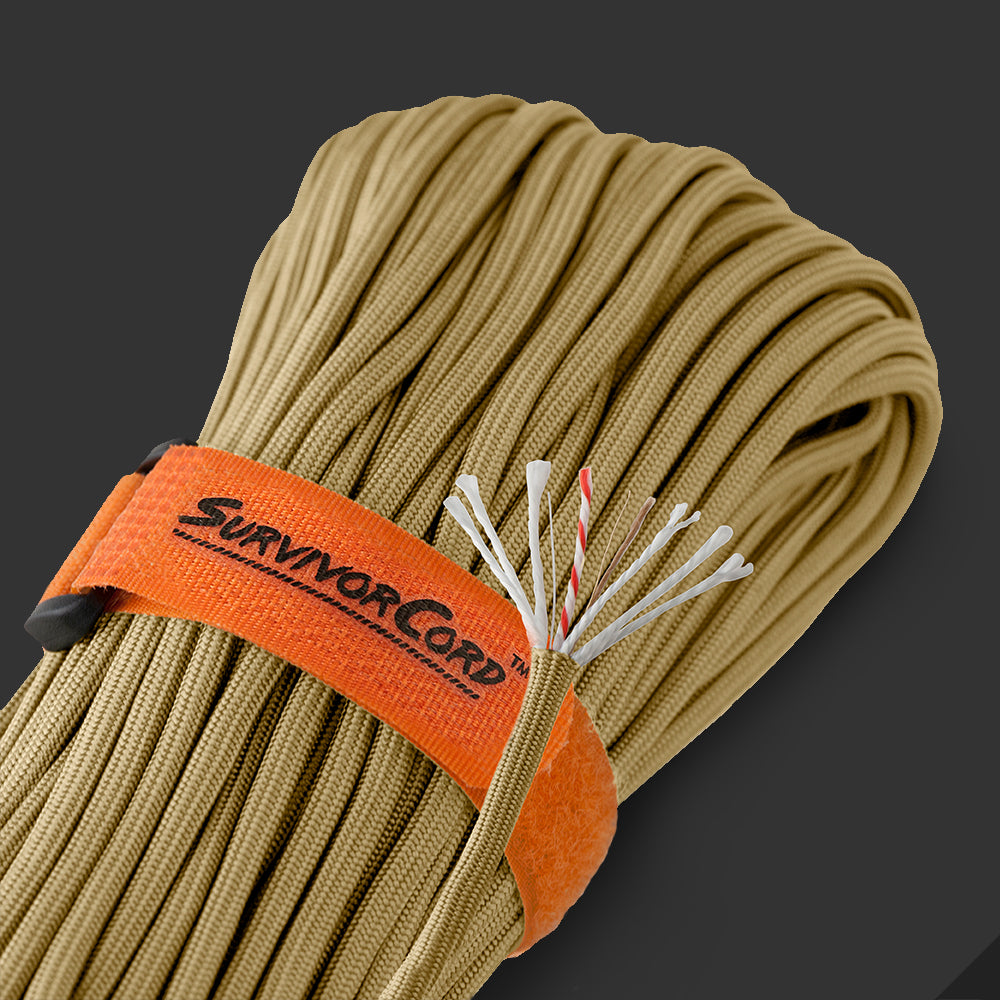




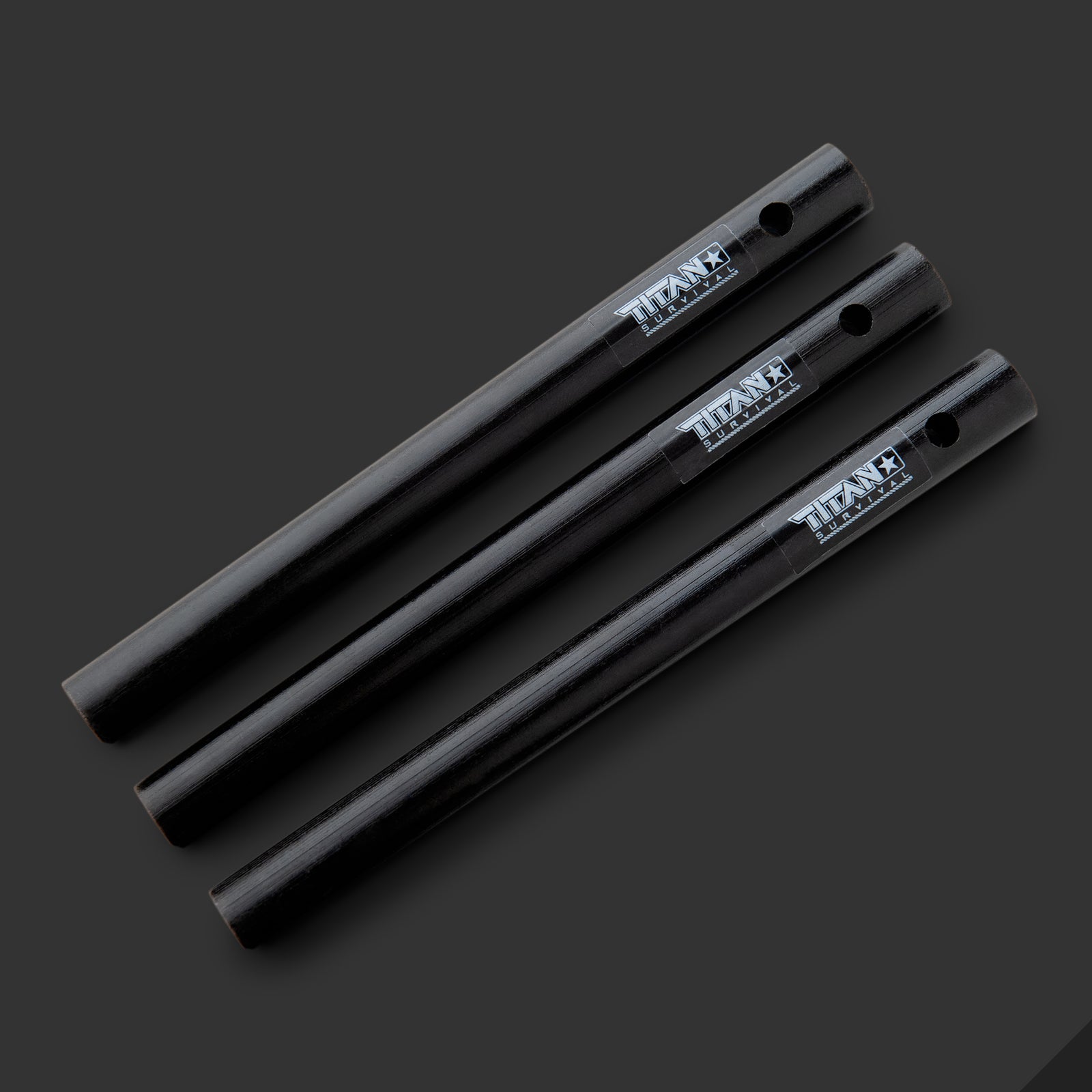

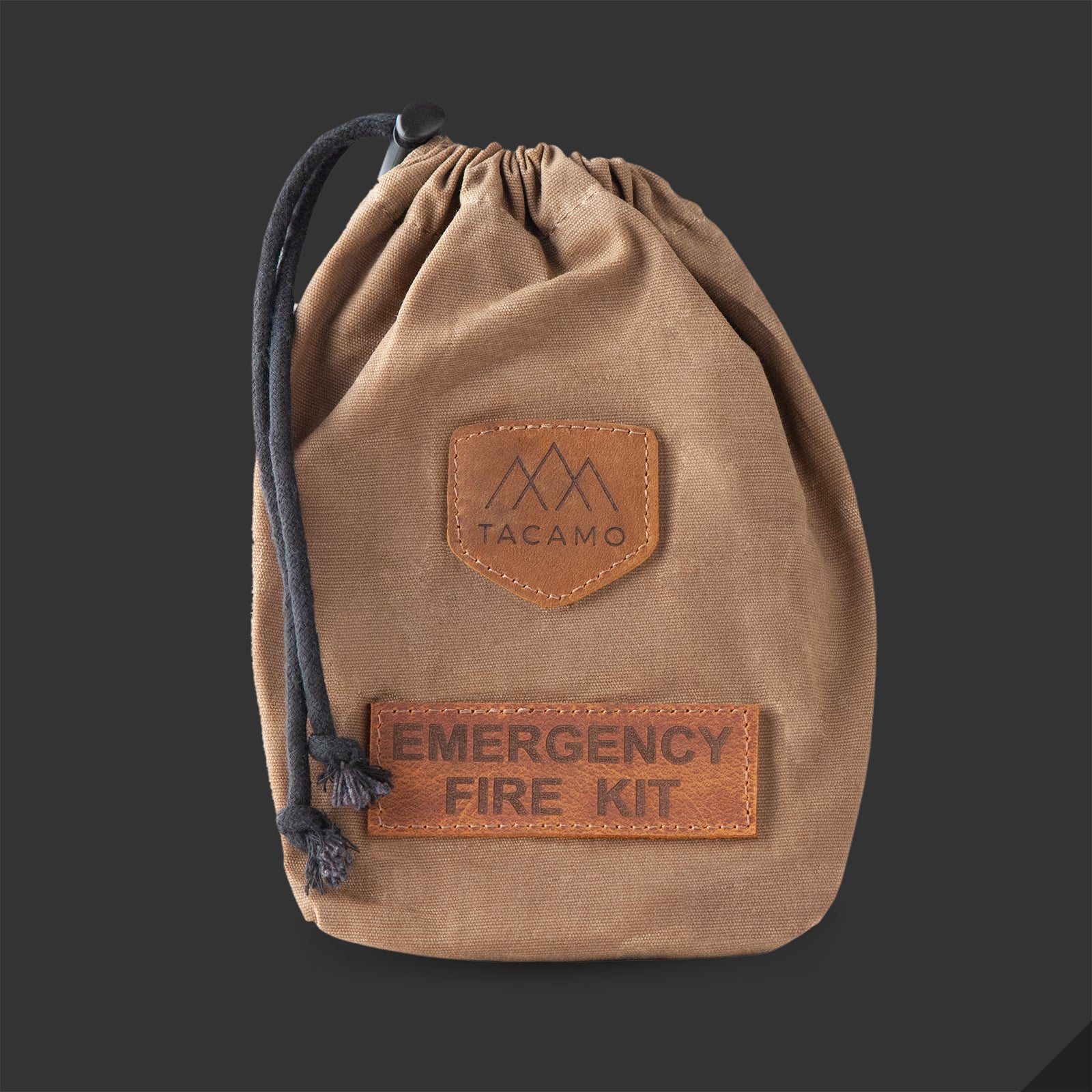
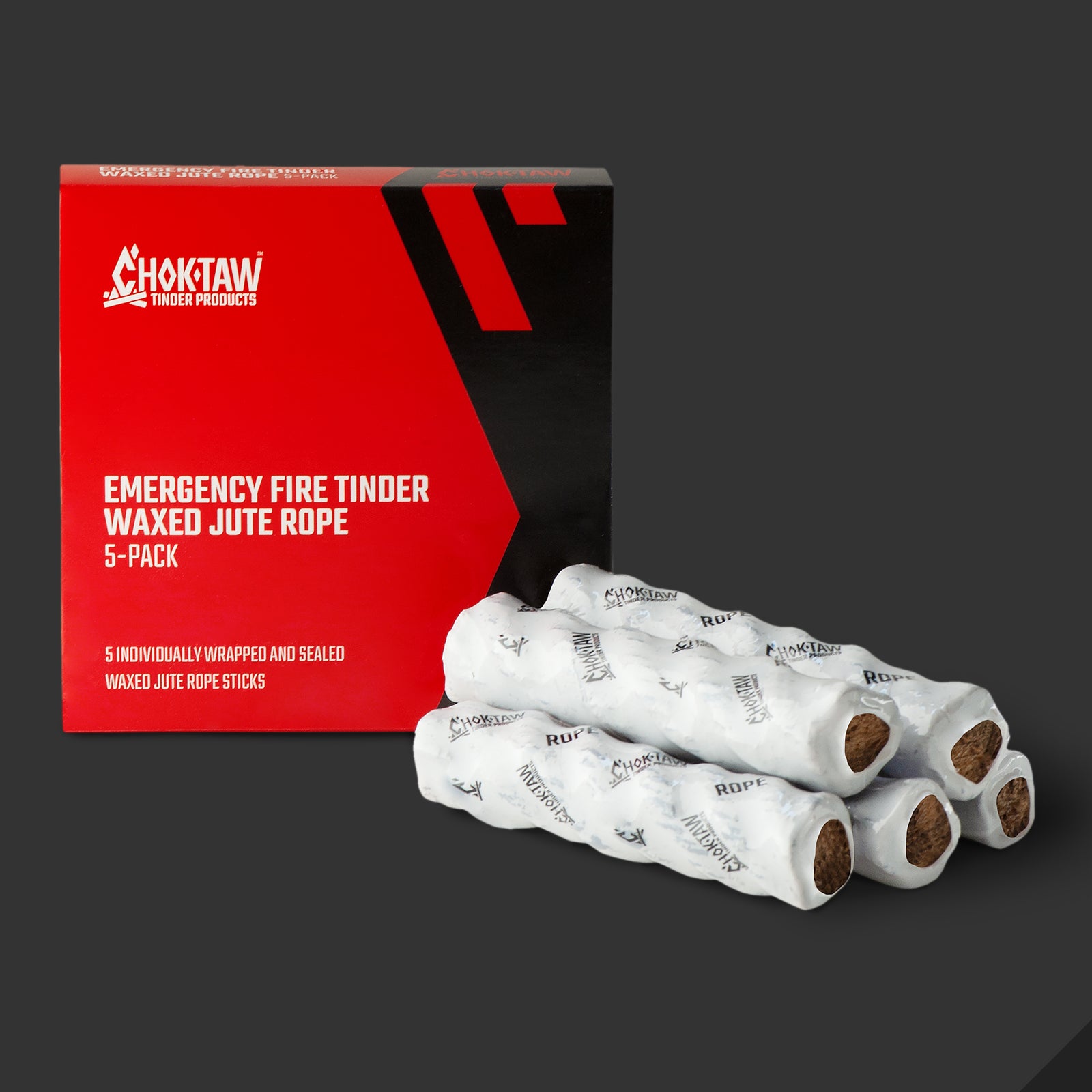
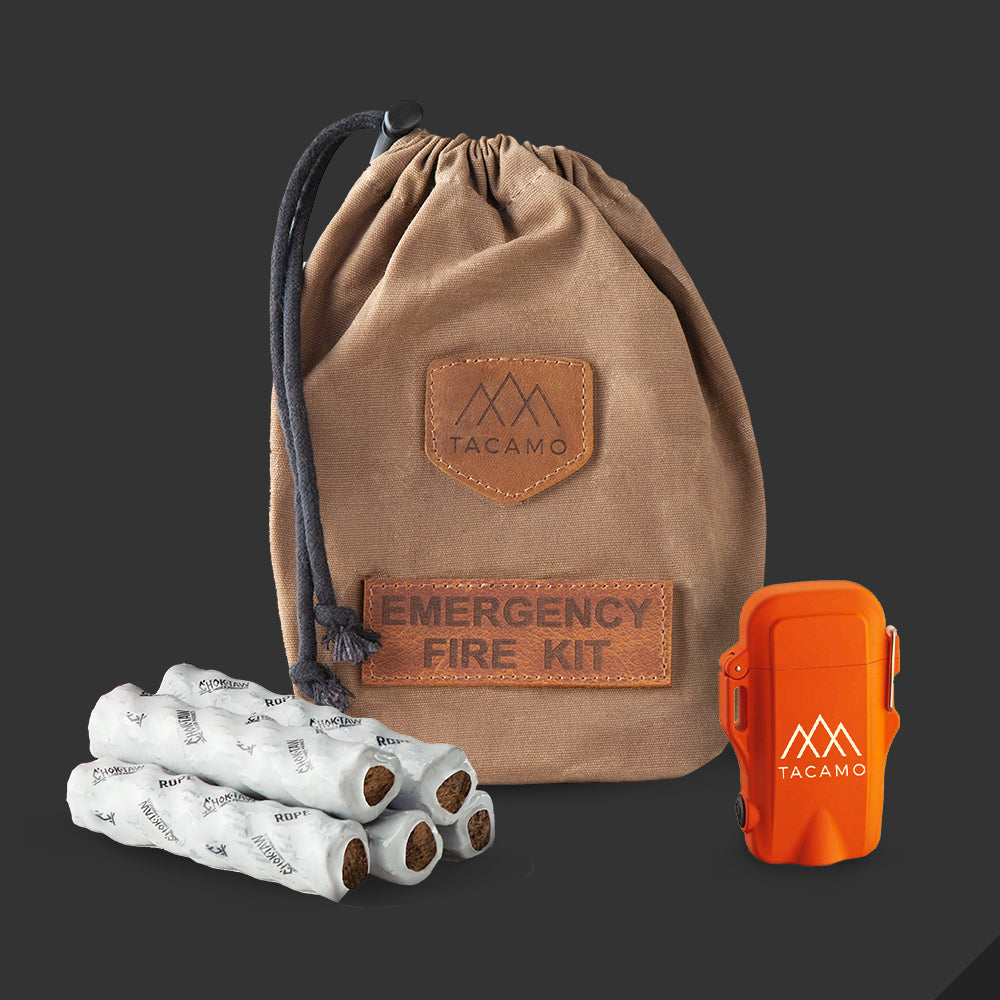
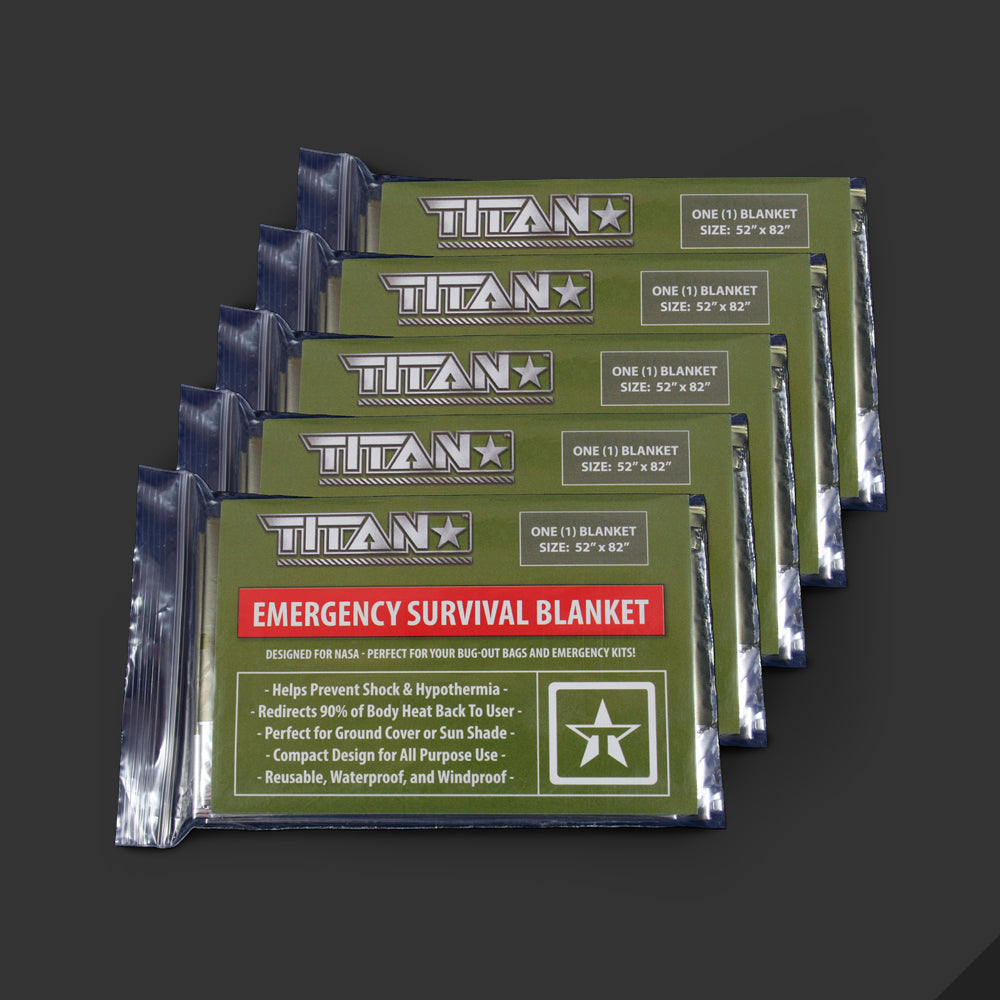
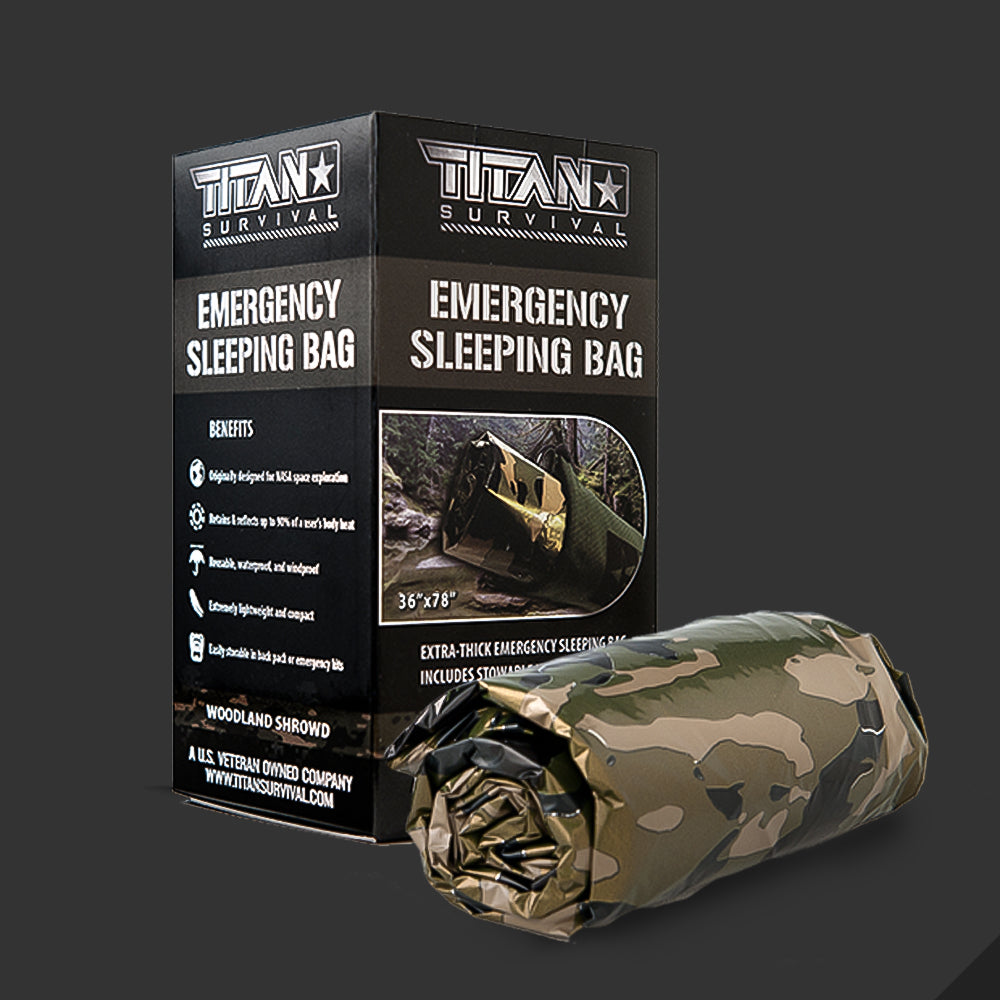
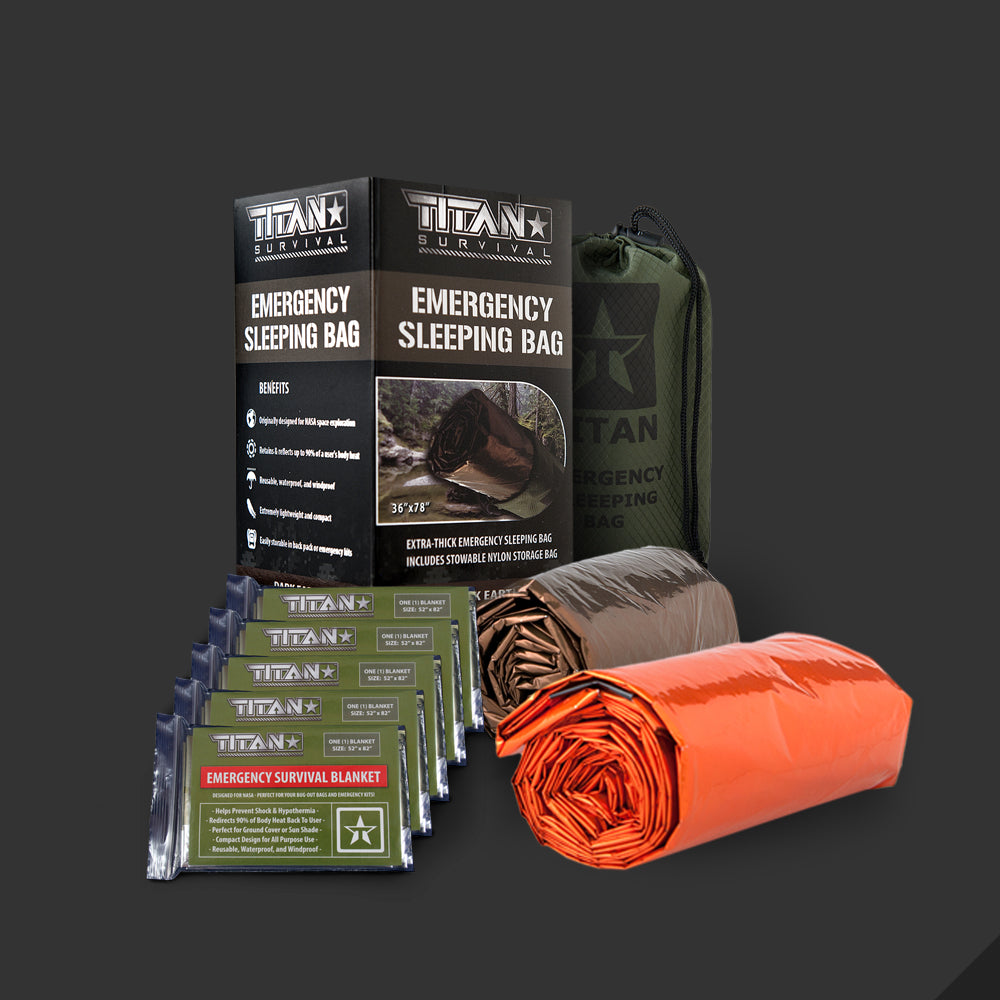

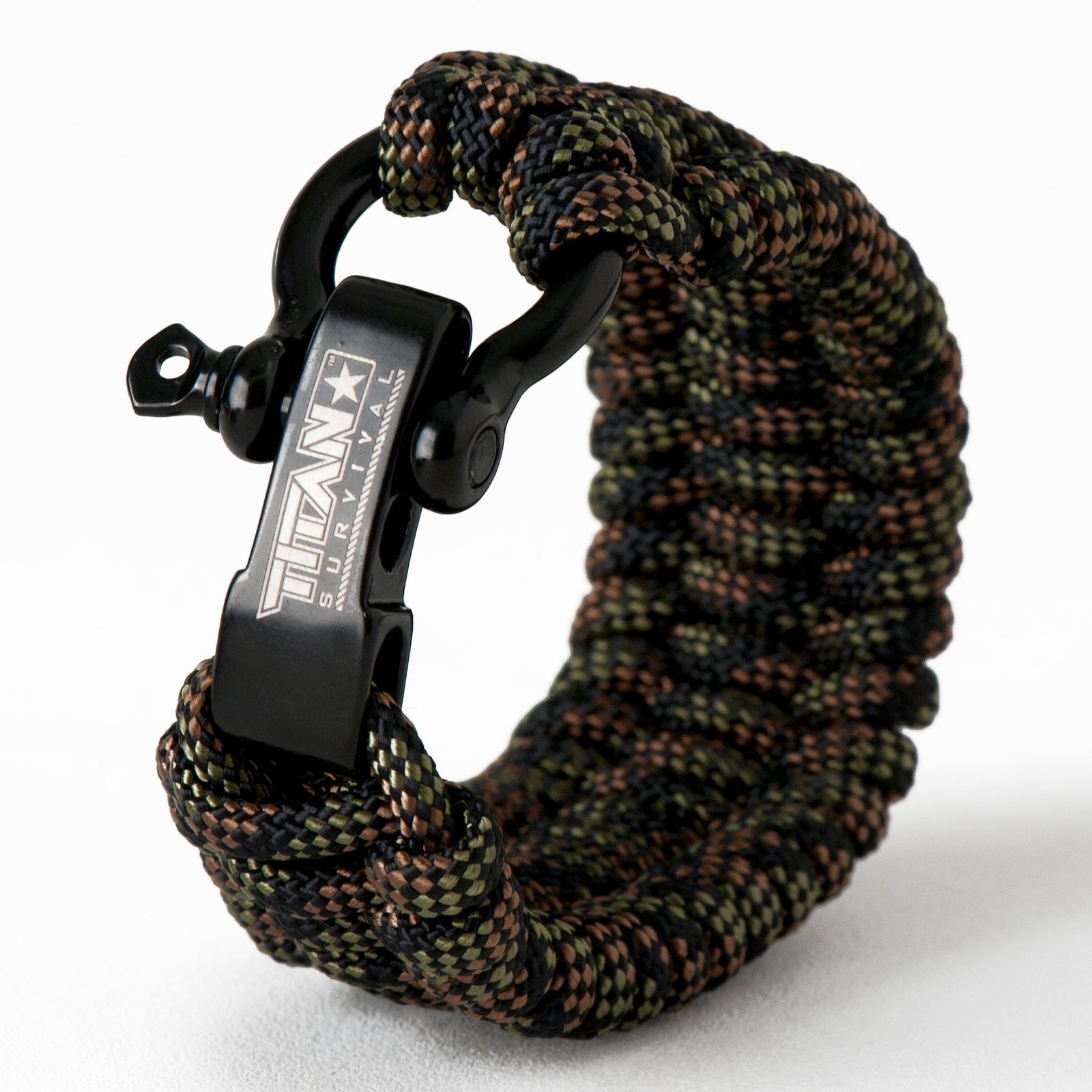
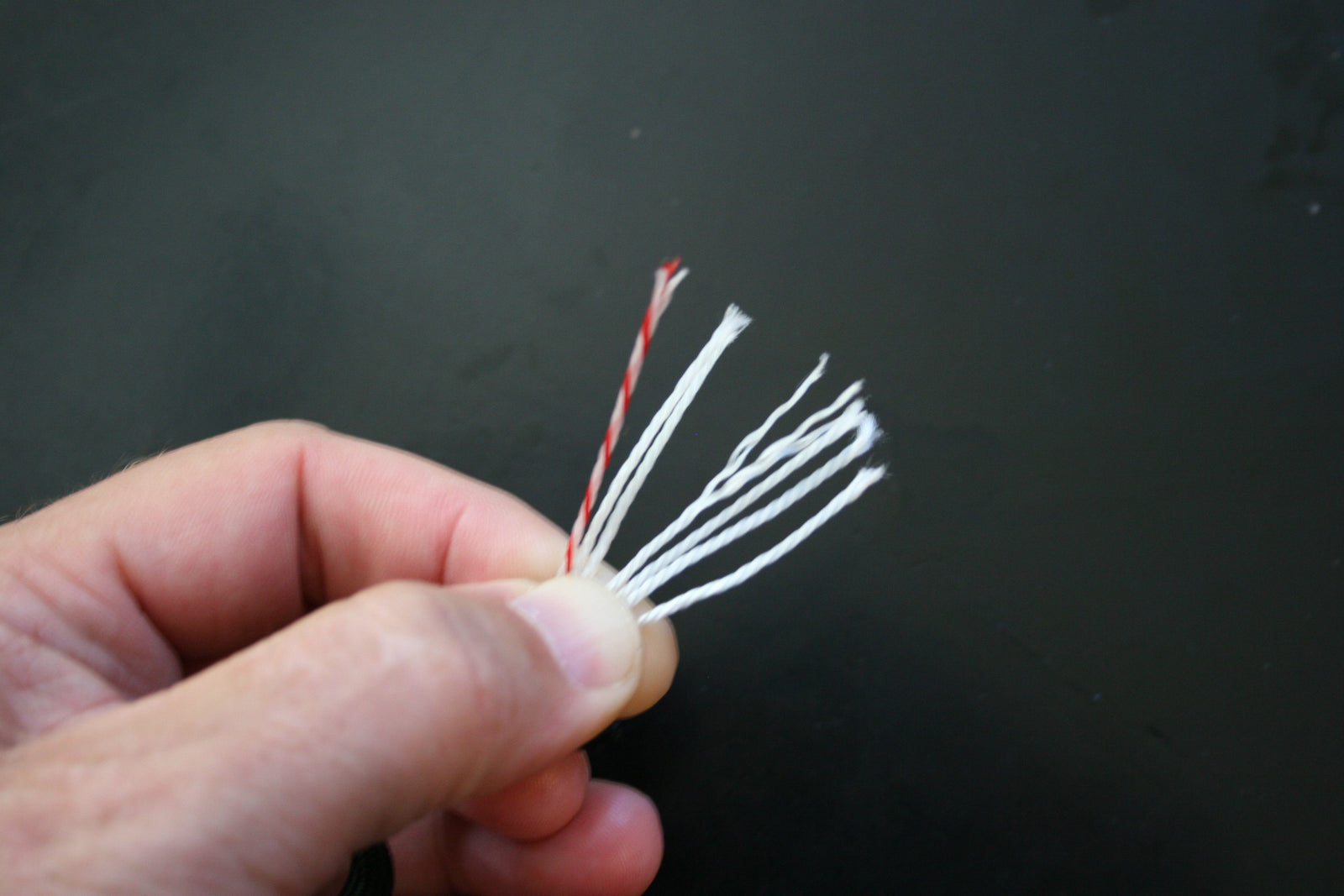





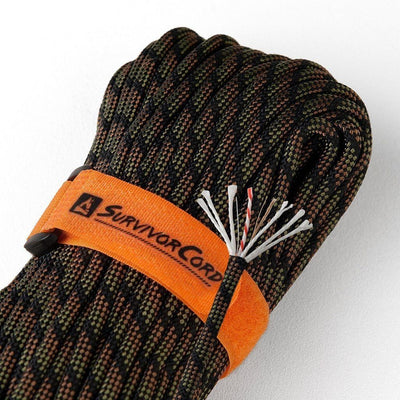

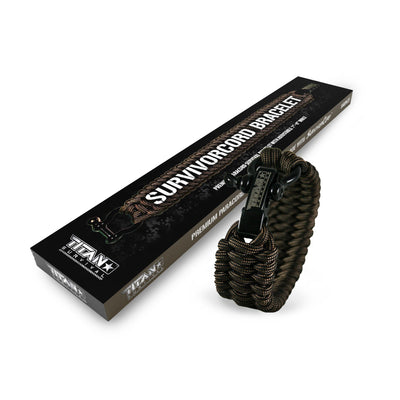



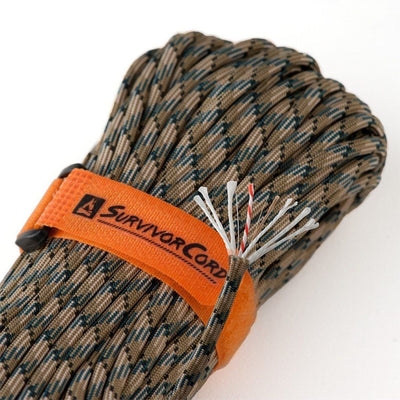

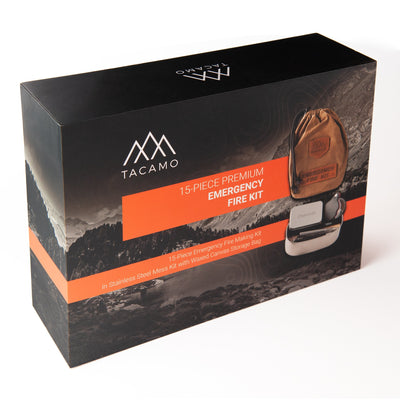
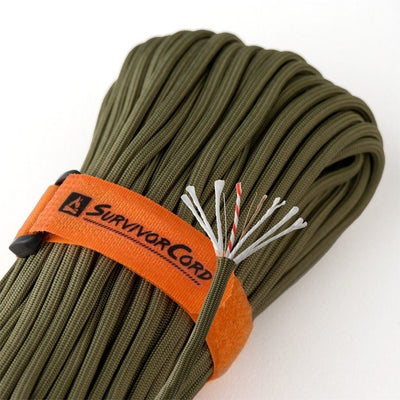
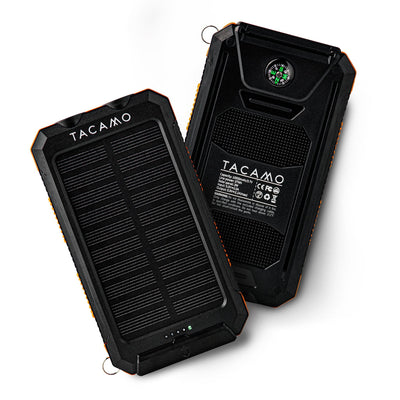
Leave a comment (all fields required)